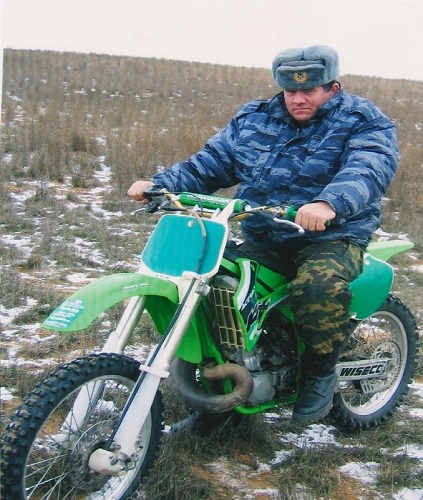More rangers are needed in the fight against poachers.
The SCA is pleased to announce the winners of this year’s Small Grants Programme, generously supported by the US Fish and Wildlife Service.
As ever, the entries were to an extremely high standard and this year the panel choose four much needed projects to support. We look forward to being able to report back to you on their progress as the projects progress.
In Kalmykia Mr Adgishev will work closely with Centre for Wild Animals to implement a unique project which incorporates the cultural and spiritual significance of the saiga in developing the local human population’s environmental awareness and respect for their native flora and fauna. He will be engaging with respected Buddhist temples where lectures, exhibitions and other public engagement activities centred around saiga and nature will be held.
We would like to wish Buuveibaatar Bayarbaatar good luck as he goes out into the field next week on the first leg of his project. Buuvei’s work will focus on the endangered Mongolian saiga which lives in the western Mongolian Gobi steppe-desert. He will be leading a much needed research project to estimate the saiga population there and to understand the impacts of environmental and human influences on the spatial distribution of saiga in western Mongolia.
The Stepnoi reserve is key to the continued survival of the saiga in Russia, and so we are particularly pleased to be able to support Vladimir Kalmyikov’s project, which will not only be focussing on monitoring and public awareness, but also on his continuing law enforcement work. Vladimir and his team will be conducting research into the current status of the saiga population which spends most of its time in the Northwest Caspian region. They aim to identify local factors influencing the abundance and distribution of the species, as well as to define a robust strategy for its protection and recovery.
Anna Yachmennikova and Vyacheslav Rozhnov are planning on using cutting-edge technology to monitor and report on saiga groups. Through the use of high resolution satellite images they plan to simultaneously estimate the distribution of saiga across a vast steppe area without any stress to these sensitive creatures.

